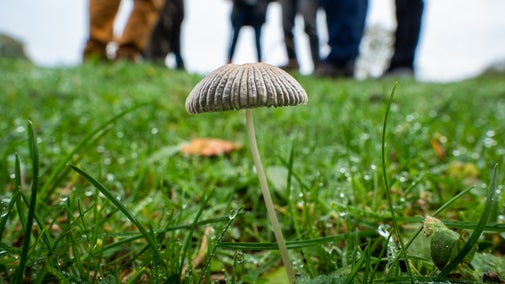
Become a member
Join today and help protect nature, beauty and history – for everyone, for ever. Enjoy access to more than 500 places with National Trust membership.
Ancient common once owned by King Harold and William the Conqueror
Blackbrook Road, Holmwood, Surrey, RH5 4NX

From free guided bat walks and fungi forays, to community volunteering days and the chance to see working shire horses in action, there’s lots to enjoy this year at Holmwood Common.

Surrey Hills is a one pawprint rated place. With a wide variety of paths and open spaces, the Surrey Hills are an ideal place to bring your dog for a walk. Here’s what to keep in mind to keep your dog and others safe.

If you would like to host an event on National Trust land, or your sporting event includes routes on National Trust land, please email us at: surreyhills@nationaltrust.org.uk. Please contact us at least eight weeks before the event date. We know how important events are to organisers and participants. Please help us ensure events are safe and legal for both participants and our visitors.


Join today and help protect nature, beauty and history – for everyone, for ever. Enjoy access to more than 500 places with National Trust membership.